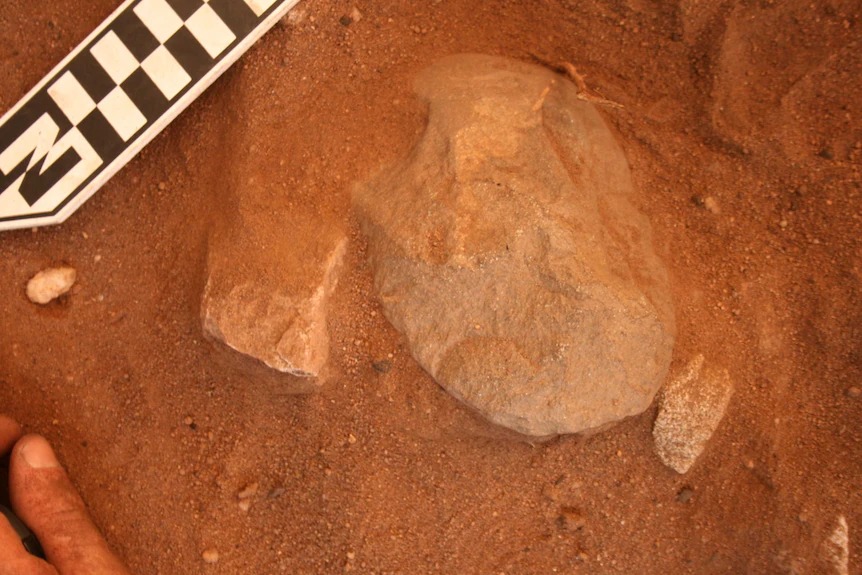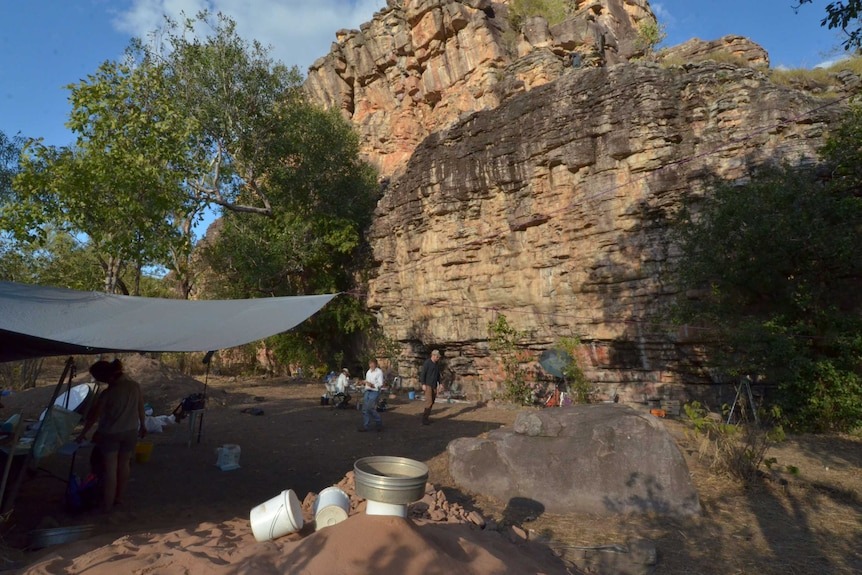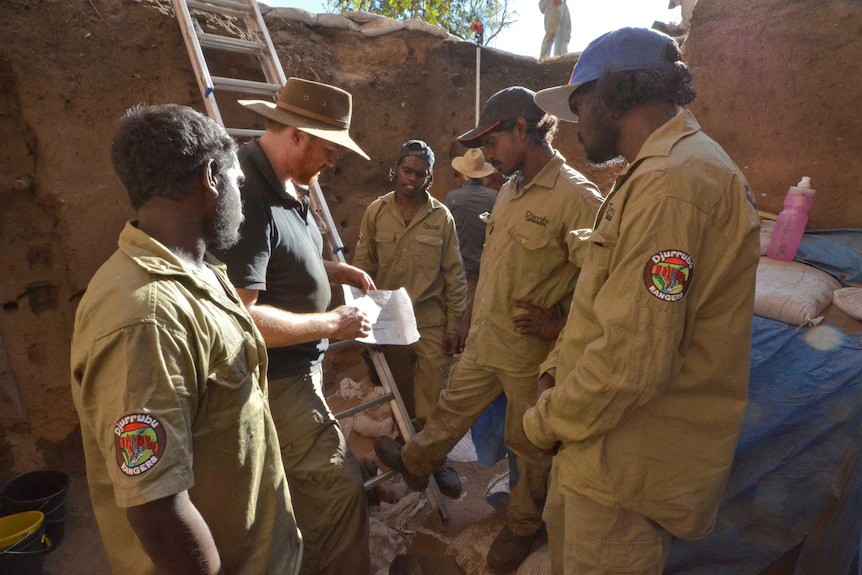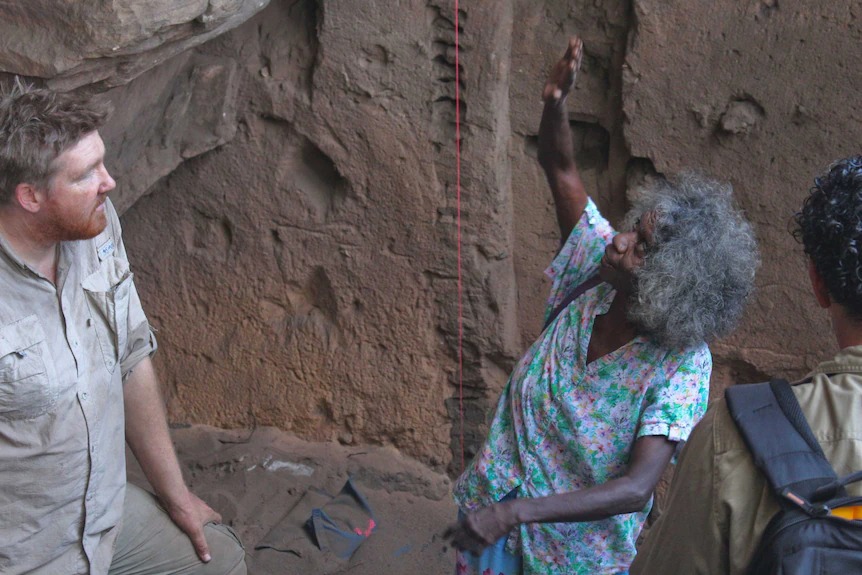Witty Rejoinder said:
mollwollfumble said:
There weren’t any.
Not only were there no aboriginal agricultural practices.
Also, every one of the dozens of attempts to teach agricultural practices to aboriginals was a complete failure.
No and no which is unsurprising considering your absolute ignorance on anything related to Aboriginal Australians.
I had an absolute ignorance on anything related to Aboriginal Australians some 5 years ago. I’ve been researching it since then.
I was asked recently where my knowledge of Aboriginal people comes from. Asked by someone whose only knowledge comes from post 1976 white aboriginal activists. I made up the following list.
Aborigines biography.
You asked “where did I get this information?”
These are the main sources of my information on Australian aborigines.
Firstly, there are the three definitive scientific books on the Australian aborigines.
Spencer & Gillen (1899) “The Native Tribes of Central Australia”
A.W. Howitt (1904) “The Native Tribes of South-East Australia”
Daisy Bates (c1912) “The Native Tribes of Western Australia”
There is no equivalent book for Northern Australia or the Torres Strait.
For these, I turn to the following less reliable books:
Jack Maclaren (1926) “My crowded solitude”
And books by Ion Idriess about top end Aborigines. He lived with at least four tribes of Aborigines.
Drums of Mer (1933) – about the Torres Strait people
Man Tracks (1935) – (the second half only)
Over the Range (1937)
Headhunters of the Coral Sea (1940)
The Great Trek (1940)
Nemarluk (1941)
In Crocodile Land (1946)
Isles of Despair (1947)
Outlaws of the Leopolds (1952)
The Red Chief (1953)
And
Henry Doyle Moseley (1935) Report of the Royal Commissioner appointed to Investigate, Report and Advise upon matters in relation to the Condition and Treatment of Aborigines, Perth WA.
In addition to all these I have browsed through all the books about Aborigines in the The La Trobe Library (Australiana) section of the State Library. For example, this includes yearly statistical information on tribal, full-blood and mixed race aborigines in each state.
In addition to books, I’ve done extensive searches through the online Trove newspaper archive on topics of spearings in Australia, and on the treatment and government of Aborigines in NSW from the earliest records up until 1975. I don’t care about post 1976.

Aboriginal timber dwelling.
Caption: The sheets of paper bark on sticks is in Koolatong country, Arnhem Land. The buck sleeps inside up on top, the gin lights a smoke fire underneath to keep the mosquitoes from biting the master. When he is comfortable she can crawl up beside him … Jack Mahony photo.
And one more, even more recently.
The book by David Unaipon has been recently republished (in 2006). This is the first major book ever written by an aborigine. I’ve read it and totally recommend it to everyone with even a slight interest in Australian aborigines. It’s an extremely interesting mix of myth and factual observation. For instance, this is the first book I’ve read containing information about pre-European Aboriginal sports.









